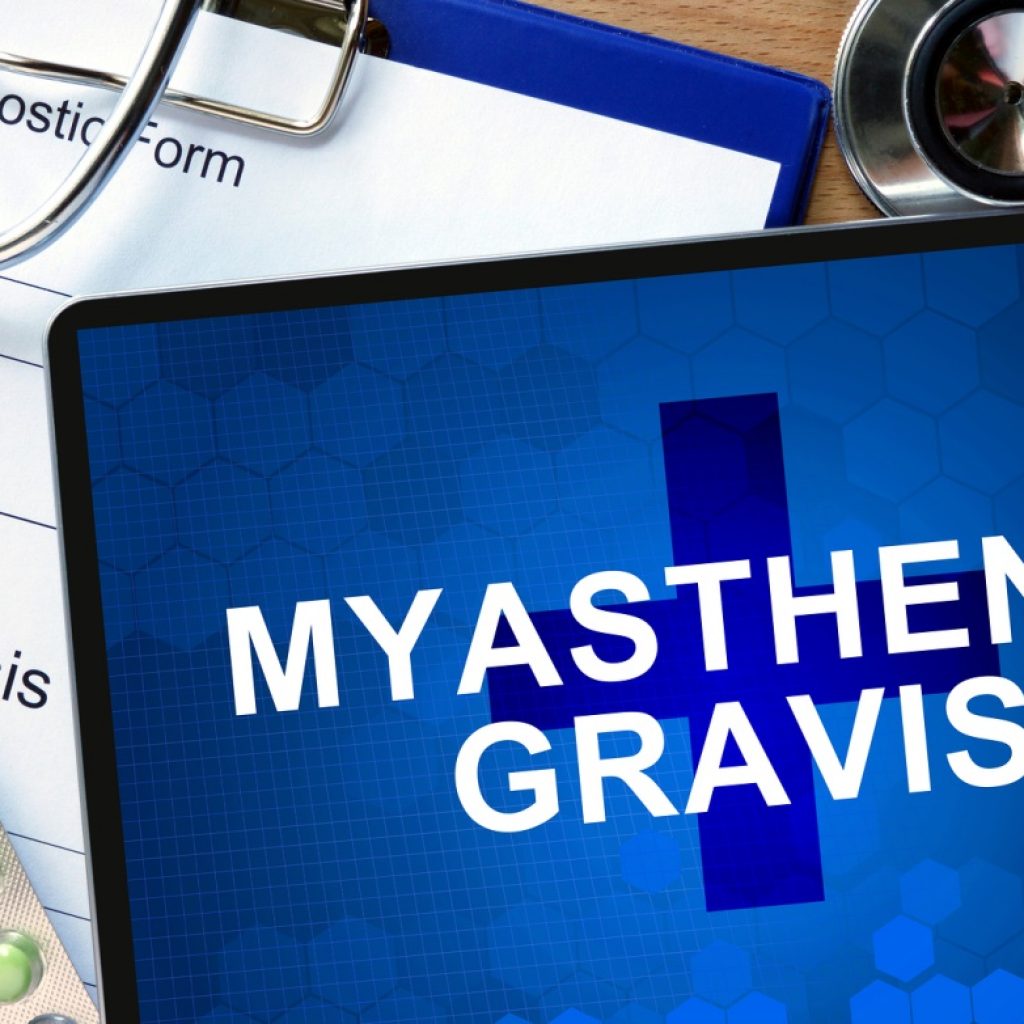Restless Leg Syndrome: A Neurology Specialist Discusses the Impact of RLS
This article concerning restless leg syndrome was originally published in March 2019 and has been updated with the latest information and developments as of June 2024.
Restless Leg Syndrome (RLS), also known as Willis-Ekbom disease, is a neurological disorder characterized by an uncontrollable urge to move the legs, typically accompanied by uncomfortable sensations. These sensations have been described variably as crawling, creeping, pulling, throbbing, aching, itching, or electric. Often misunderstood as merely a bad habit or a sign of nervousness, RLS is a genuine medical condition that can significantly impact the quality of life and sleep patterns of those affected.
The Symptoms of Restless Leg Syndrome
The primary symptom of RLS is the overwhelming need to move the legs, which is often triggered by periods of inactivity and typically worsens in the evening or at night. This can lead to difficulty in falling or staying asleep, resulting in daytime fatigue and drowsiness. In some cases, the symptoms may also extend to the arms.
Causes and Risk Factors
While the exact cause of RLS is not fully understood, it is believed to involve an imbalance of dopamine, a neurotransmitter that regulates muscle movement. There is also a hereditary component, as the condition sometimes runs in families, especially when symptoms start before the age of 40. Other factors that may contribute to or exacerbate RLS include iron deficiency, pregnancy, and chronic diseases such as kidney failure, diabetes, and peripheral neuropathy.
Diagnosis and Treatment
Diagnosing RLS involves a medical history review and symptom assessment based on criteria established by the International Restless Legs Syndrome Study Group. Blood tests may be conducted to rule out other conditions, such as iron deficiency. While there is no cure for RLS, treatments are available that can help manage symptoms. These may include lifestyle changes, such as establishing regular sleep patterns and avoiding caffeine, as well as medications that increase dopamine levels or treat underlying conditions.
Living with Restless Leg Syndrome
Living with RLS requires an understanding of the condition and a proactive approach to managing symptoms. Patients are encouraged to engage in activities that can alleviate discomfort, like stretching or walking, and to seek support from healthcare professionals and patient communities.
Conclusion
Restless Leg Syndrome is more than a mere annoyance; it is a complex condition that requires medical attention and a compassionate understanding. By recognizing the signs and seeking appropriate care, individuals with RLS can find relief and improve their sleep and overall well-being.
For more detailed information on RLS, its symptoms, causes, and treatment options, readers can refer to resources provided by reputable medical organizations such as the Mayo Clinic and the Sleep Foundation.
This blog post aims to shed light on Restless Leg Syndrome, dispelling myths and providing a resource for those seeking to understand this condition better. If you or someone you know is experiencing symptoms of RLS, it is crucial to consult a healthcare professional for a proper diagnosis and treatment plan. Remember, you are not alone, and help is available.
Resources:
Mayo Clinic – https://www.mayoclinic.org/diseases-conditions/restless-legs-syndrome/symptoms-causes/syc-20377168
WebMD – https://www.webmd.com/brain/restless-legs-syndrome/restless-legs-syndrome-rls
Sleep Foundation – https://www.sleepfoundation.org/restless-legs-syndrome













